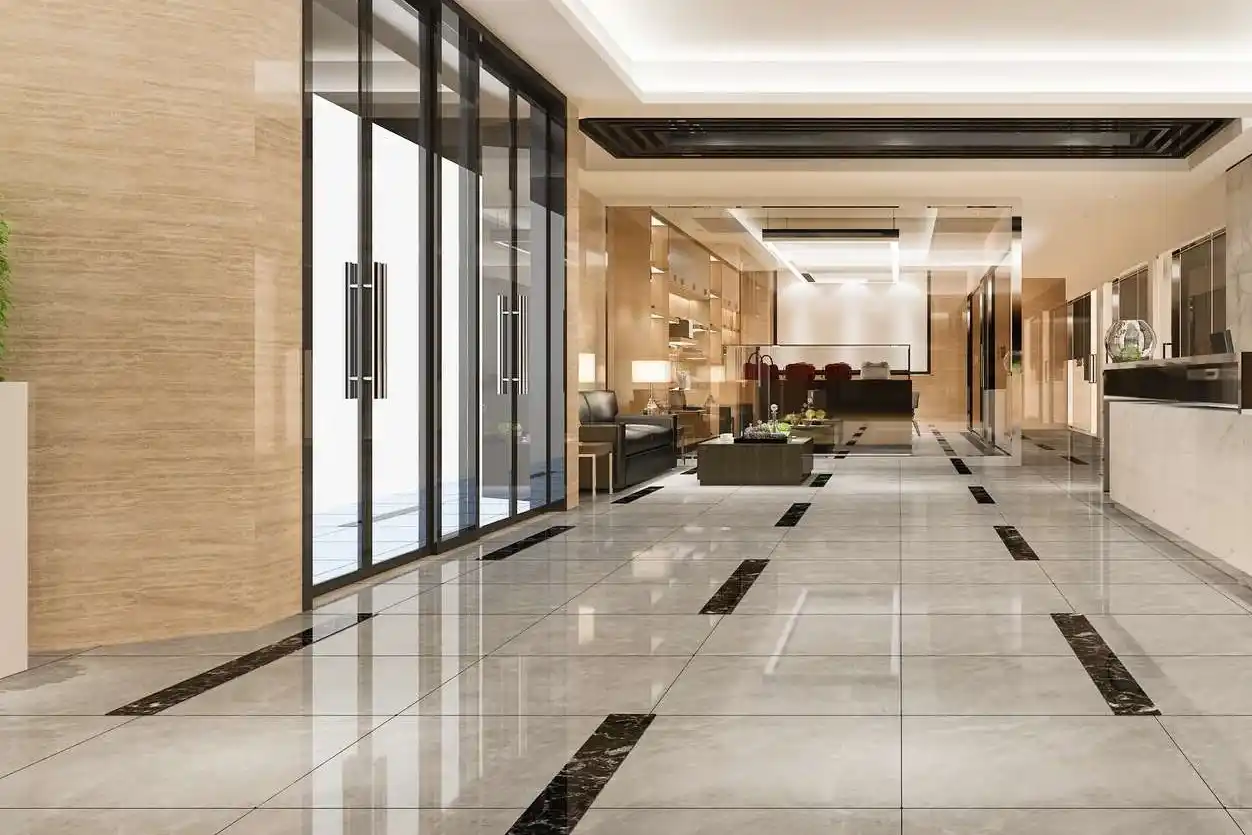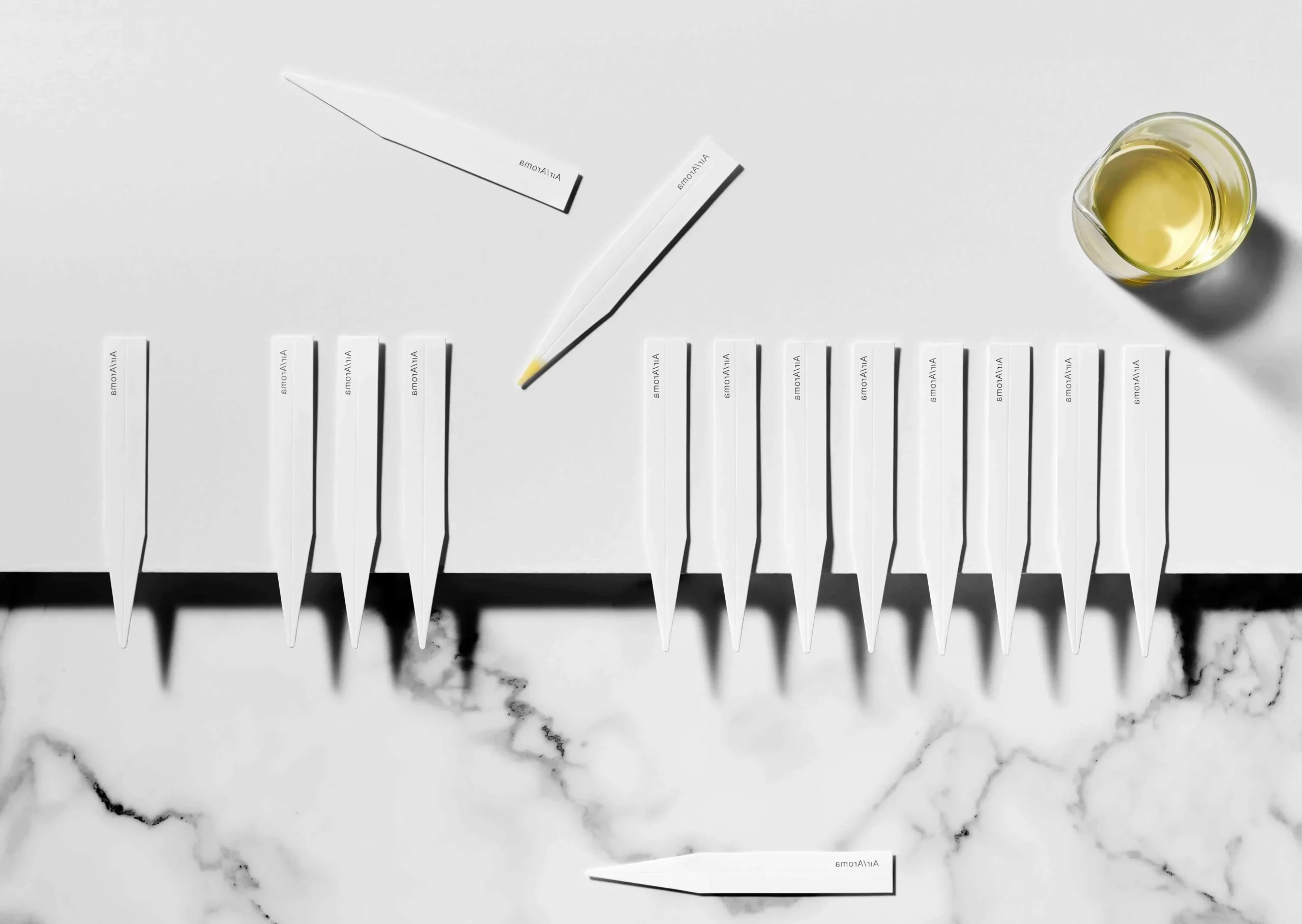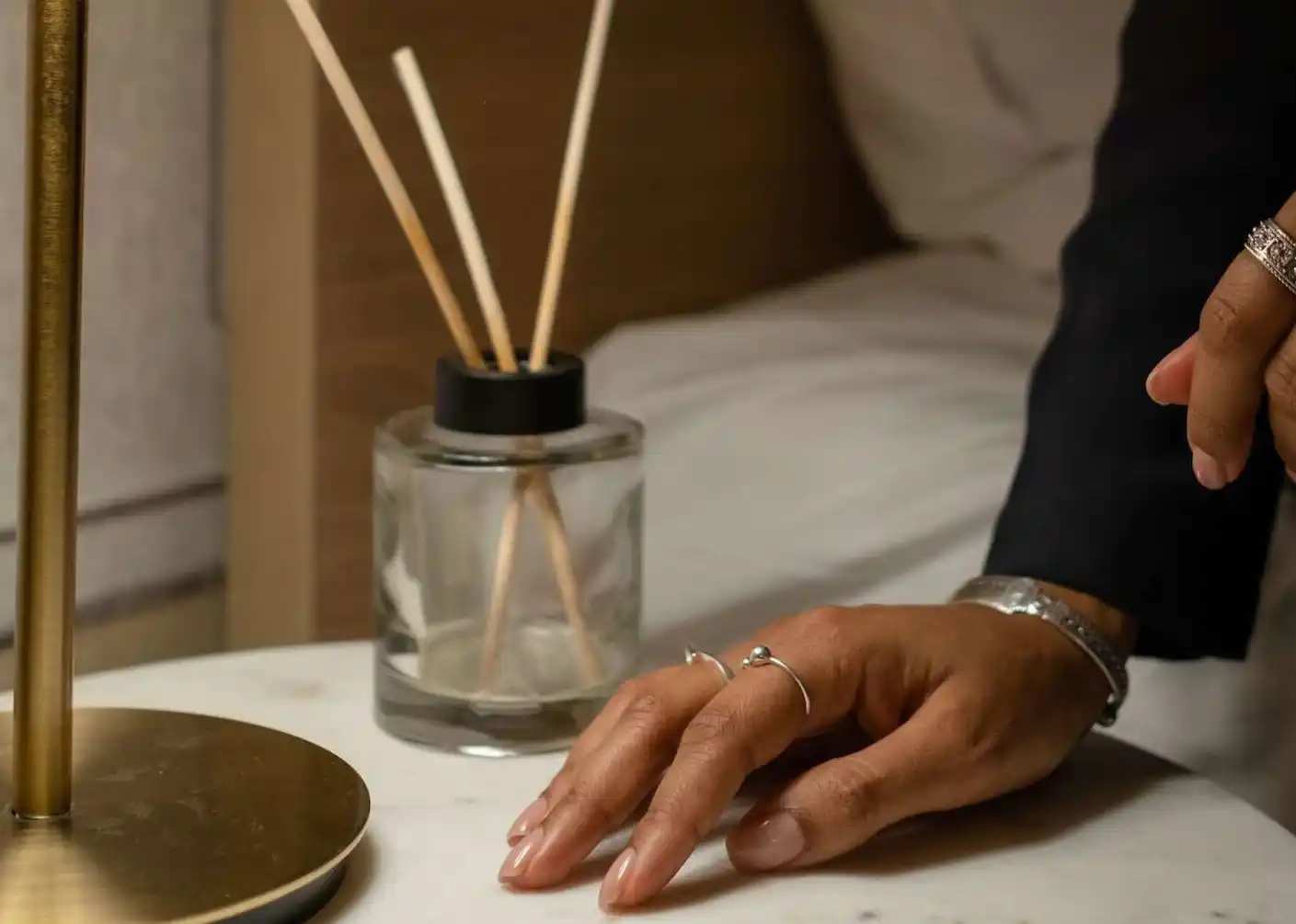



You walk into a lobby. Before the lighting or the flowers land, the air does. One clean breath and you already know where you are. That’s the job of a signature scent. Done right, it’s brand memory, mood setting, and retail-ready aroma all in one simple inhale.
Below is a practical, no-fluff guide to building that scent with an OEM partner—what to ask, how to brief, where to diffuse, how to stay compliant, and how to turn “nice smell” into repeat stays and add-on sales. I’ll keep it plain, a bit chatty, and grounded in how hoteliers actually work.
Smell sticks. Guests don’t always remember the couch fabric, but they’ll remember a calm citrus-cedar note every time they open their suitcase at home. In brand terms, a signature lobby scent:
Don’t oversell it as magic. You’re not controlling minds. You’re aligning air with experience.
An OEM partner translates brand feel into olfactive reality, then engineers delivery. The framework below keeps everyone honest and fast.
Kick off with a tight brief:
Ask for 2–3 clear directions, each with top/mid/base notes and a small intensity ladder (light / medium / bold). You want options, not a 20-strip guessing game.
Hotels don’t “spray and pray.” They use cold-air diffusion (nebulization) and, when possible, HVAC scenting for even coverage. Lobbies often need zoning: entrance push, desk halo, lounge cushion. Avoid over-scenting dead zones near columns and low-flow corners. And yeah, nose fatigue is real—tune intensity by hour.
If you’re browsing solutions, look at an Air Care line that’s built for commercial fit-outs (coverage, timers, cartridge life, service cycle). Example category: Air Care fragrance.
Run a two-week pilot. Set dayparts, log footfall, watch front-desk queues, track quick comments (“smells nice” shows up a lot). Move diffusers if you see scent pooling. Partner with engineering on return-air locations so fragrance doesn’t get trapped under mezzanines. Simple tweaks beat big re-installs.

You want a scent that feels great and clears paperwork:
I’Scent (the OEM you’re reading about) runs IFRA, ISO, GMP, Halal frameworks and keeps full ERP traceability per batch. No drama when procurement audits or brand QA comes knocking.
Different lobbies, different tools. Use HVAC when you need invisible, even throw. Use freestanding units when the space is broken up or your HVAC routing is… let’s say “creative.”
Indicative Comparison (for planning, not lab specs)
| Diffusion Method | Typical Coverage Band | Best Use-Case | Strengths | Watch-outs |
|---|---|---|---|---|
| HVAC scenting | Large, even zones | Main lobby & corridors | Uniform air mix, hidden hardware | Needs mechanical access & balancing |
| Freestanding tower | Focal zones / atriums | Entrance push, lounge halo | Fast to deploy, easy re-position | Risk of over-scent near unit |
| In-ceiling micro units | Targeted micro-zones | Lift lobby, desk area | Discreet, per-zone control | More points to maintain |
| Back-of-house units | Staff & prep areas | Service corridors | Staff comfort, brand consistency | Keep separate from food areas |
If you prefer an OEM with oils made for diffuser hardware, check: diffuser fragrance oil manufacturer.
Once guests love the air, they’ll ask to take it home. Don’t leave money on the table.
Build a simple story on the shelf tag: notes, mood, and “born in our lobby.” Keep price tiers clear. Folks grab the small one first, then come back for the big.
You don’t need a PhD dashboard, just a few clean signals:
Treat scent like lighting: a core layer you tune with the day. Small knobs, big vibe.

We’ll be straight: tight timelines, brand guardianship, and zero-mess execution matter. I’Scent is built for that.
Snapshot
Internal Playbook Table (how we run hotel projects)
| Phase | Owner (Lead) | Deliverables | Typical Turnaround |
|---|---|---|---|
| Kickoff & Brief | Brand + I’Scent PM | Scent brief, daypart map, IAQ notes | 24–48h |
| Olfactive Concepts | I’Scent Perfumers | 2–3 scent routes + intensity ladder | 1–3 days for samples |
| Pilot & Tuning | Hotel Ops + I’Scent Tech | On-site zoning, time schedules, HVAC map | 1–2 weeks in field |
| Compliance Pack | I’Scent QA | IFRA statement, SDS, allergen list, batch spec | Parallel with pilot |
| Rollout | Hotel Eng + I’Scent Field | Device install, SOP, training | 1–2 weeks per property |
| Merchandising | Hotel Retail + I’Scent | Candle/spray SKUs, labels, ship plan | 2–4 weeks after lock |
Tiny note: real life gets messy; we adapt. Not gonna lie, some ceilings hide surprises.
When you pick an olfactive direction, make it legible:
Name the mood, list the materials, attach the use-case (arrival, lounge, spa, F&B perimeters). This avoids the classic “smells good in bottle, disappears in air” trap.
Housekeeping lives with your scent every day. Loop them in early:
If you want a single vendor for oils across public areas and BOH, browse the Air Care portfolio here: Air Care fragrance.
Either way, you keep ownership of your olfactive spec—and you can scale it across properties without scent drift. That’s big for multi-site ops.

You can keep a constant signature backbone (say, white tea + cedar) and rotate seasonal accents (spring citrus, winter resin) or regional modifiers (more green in tropical sites, more woods in alpine). Guests feel continuity, staff gets flexibility, and retail shelves stay fresh.
Simple playbook beats big drama.
What’s the point, commercially?
When the air feels right, guests relax faster. They forgive tiny frictions. They browse a little longer. That’s not fluff; it’s hospitality.
We manufacture fragrance oils and perfume raw materials end-to-end. Since 2005, we’ve built for global personal care, home care, and hospitality—so hotel projects plug straight into a mature supply chain. If you’re scanning vendors, here’s the quick path:
We move quick, but we won’t rush your nose. Better to be right than loud.
Before pilot
During pilot
Before rollout
After rollout